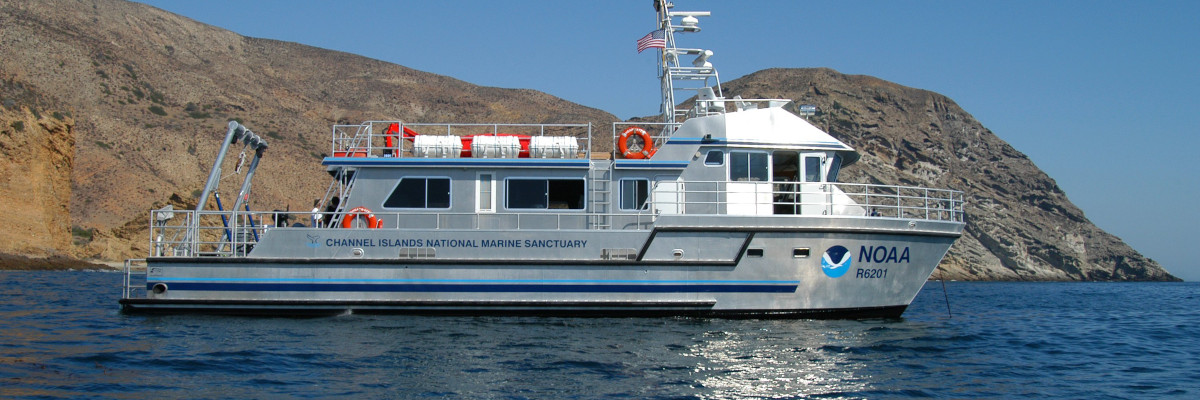As climate change is already altering ocean temperatures, there is an urgent need to understand how environmental changes will affect marine ecosystems. Although great efforts have been made to understand the impacts of ocean warming, there are still uncertainties regarding effects on lower trophic levels and how these may propagate to higher trophic levels. In this study, physics from three different climate projections (SPP1-2.6, SSP2-4.5 and SSP5-8.5) were applied to study the impact of rising temperatures in the Nordic and Barents Seas Atlantis ecosystem model (NoBa Atlantis). We also included variation in phyto- and zooplankton levels to account for the uncertainty regarding how lower trophic levels might respond to climate change. This approach by us is the first study where three different sets of physics have been applied to an end-to-end ecosystem model representing the Nordic and Barents Seas. We therefore treat the projected results with caution, and focus on the underlying mechanisms that drive the changes, to inform future ecosystem studies. The spatial nature of the model (a “shifting chessboard”) allowed us to study how local changes in temperature and prey could affect entire populations. For instance, the thermal niches of mesopelagic fish allowed for an increase in abundance in northern areas, benefiting predators such as blue whiting. On the other hand, thermal limits of capelin together with zooplankton overlap resulted in declines, which subsequently led to reduction in cod growth. This study demonstrates how ecosystem studies could benefit from both modeling and empirical studies that consider not only broad-brush impacts on primary production and trophic transfer, but also spatial considerations of local predator–prey interactions, thermal habitat and spawning-area suitability.
A shifting chessboard: Projections of prawn, capelin, mesopelagic fish, zooplankton, and their Nordic and Barents Seas food web under climate change
Publication date
December 14, 2024
Abstract
Journal
Progress in Oceanography
DOI
https://doi.org/10.1016/j.pocean.2024.103387
Region
Alaska
